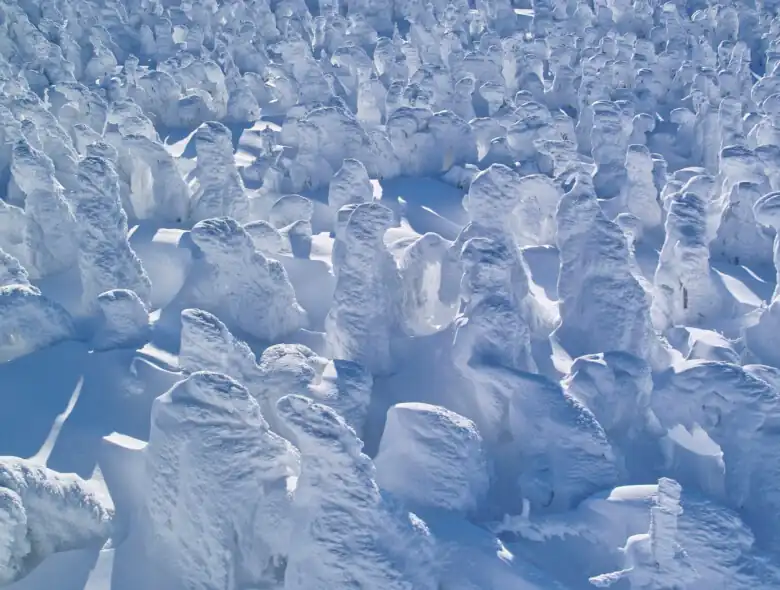Tohoku is a region of Japan’s Honshu Island, known for its winter sports, harsher climates, and mountainous terrain. It traditionally consists of the following 6 prefectures: Akita, Aomori, Fukushima, Iwate, Miyagi, and Yamagata.
Literally named, North East Region or Tohoku Chiho in Japanese, it’s unsurprising that the region has marketed itself as a prime winter destination for both local and international tourists due to its geographical location that results in colder, snowier winters.
In this article, we’ll don our parkas and tug on our winter boots before exploring 5 winter destinations in the Tohoku area that will (sometimes literally) take your breath away. Also, nature and winter lovers who find themselves looking to relocate somewhere more rugged and wild may want to consider Tohoku as a potential candidate. Village House can help with this – we are a real estate agency in Japan that caters to both local and international clientele. We offer support in multiple languages including English, Chinese Mandarin, Portuguese, and of course Japanese; and have over 1,000 rentals across Japan’s 47 prefectures, Tohoku included.
Oirase Gorge
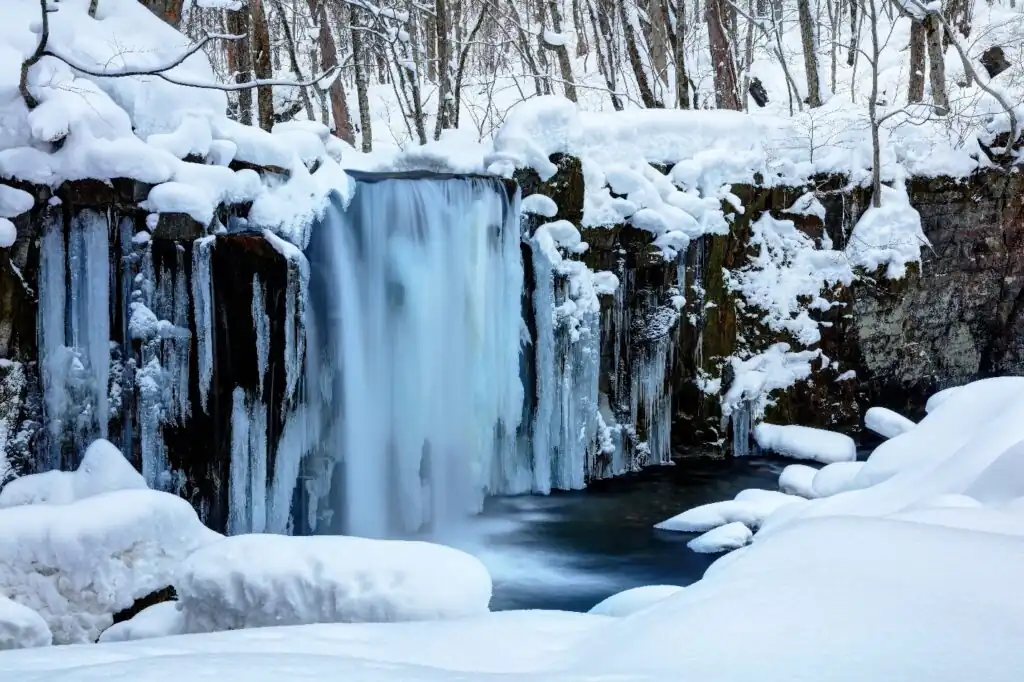
Officially known as Oirase-Keiryu Gorge, this destination is one of the most beautiful river valleys in Japan that extends over 14km from Lake Towada. Located on the border of Aomori and Akita Prefectures, the gorge is listed as a National Special Place of Scenic Beauty and National Natural Monument. One of its starring highlights is its spectacular autumn foliage where leaves begin its magical transformation from green to vivid shades of autumnal red and yellow in October.
One popular activity offered to visitors is a hiking trail that runs parallel to Oirase Stream, which begins at Nenokuchi. The easy-to-walk 9km trail takes about two and a half hours to walk one way and hikers are treated to an abundance of nature and waterfalls along the way. There are also numerous bus stops and even a boat pier that provide connections to the nearby town of Yasumiya.
Those who prefer to cycle can rent bicycles from Oirase Stream Museum, Ishikedo Rest Area, and JR Bus Nenokuchi.
There is also the Oirase Field Museum that provides visitors with information on the nature of Oirase and facilities such as a museum shop and a sweet shop featuring foodstuff made from Aomori apples. More information can be found on their official website here.
Oirase Gorge can be reached by JR bus from either Aomori or Hachinohe Stations.
Yokote Kamakura Festival
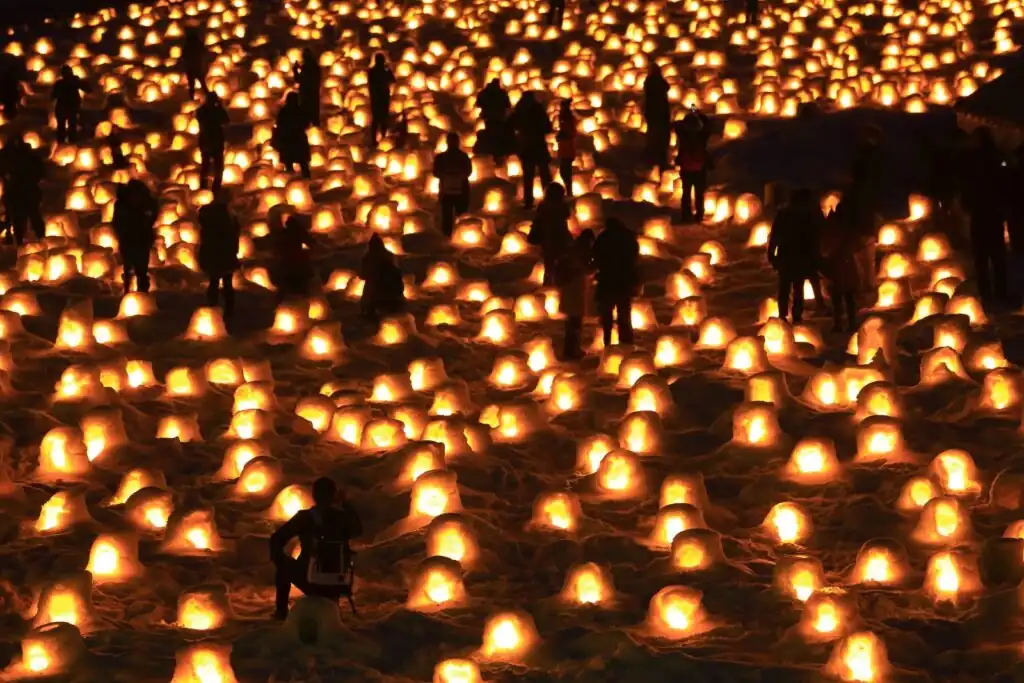
The Yokote Kamakura Festival is one of the 5 major Michinoku Godai Snow Festivals held annually on February 15th and 16th in Yokote, Southwestern Akita prefecture. Yokote is one of the areas in Japan known for its heavy snowfalls.
The festival has a 450-year-old history and began life as an event where money and prayers were given to the water deity in return for the well-being of families, prosperity of business, and good harvests. Now, it has evolved into a proud annual event for the town and as a way to encourage and boost tourism in the area.
One of the main features of the Yokote Kamakura Festival is the 100-plus snow huts known in Japanese as Kamakura that are constructed in the city. These igloo-like snow houses provide temporary shelter for visitors where they can feast on amazake, which is a sweet, fermented rice drink, and rice cakes.
Hundreds of tiny Kamakura, no bigger than the size of lanterns, are also erected along the banks of the Yokote River and are illuminated by candles from around sunset at 6pm and conclude around 9pm in the evening.
The festival stretches east from Yokote Station to Yokote Castle and a free loop bus is available for visitors from 5pm to 9pm. Visitors looking to try their hand at making a Kamakura can make their way to Komyoji Park for one of the Kamakura-making workshops.
Zao Snow Monsters
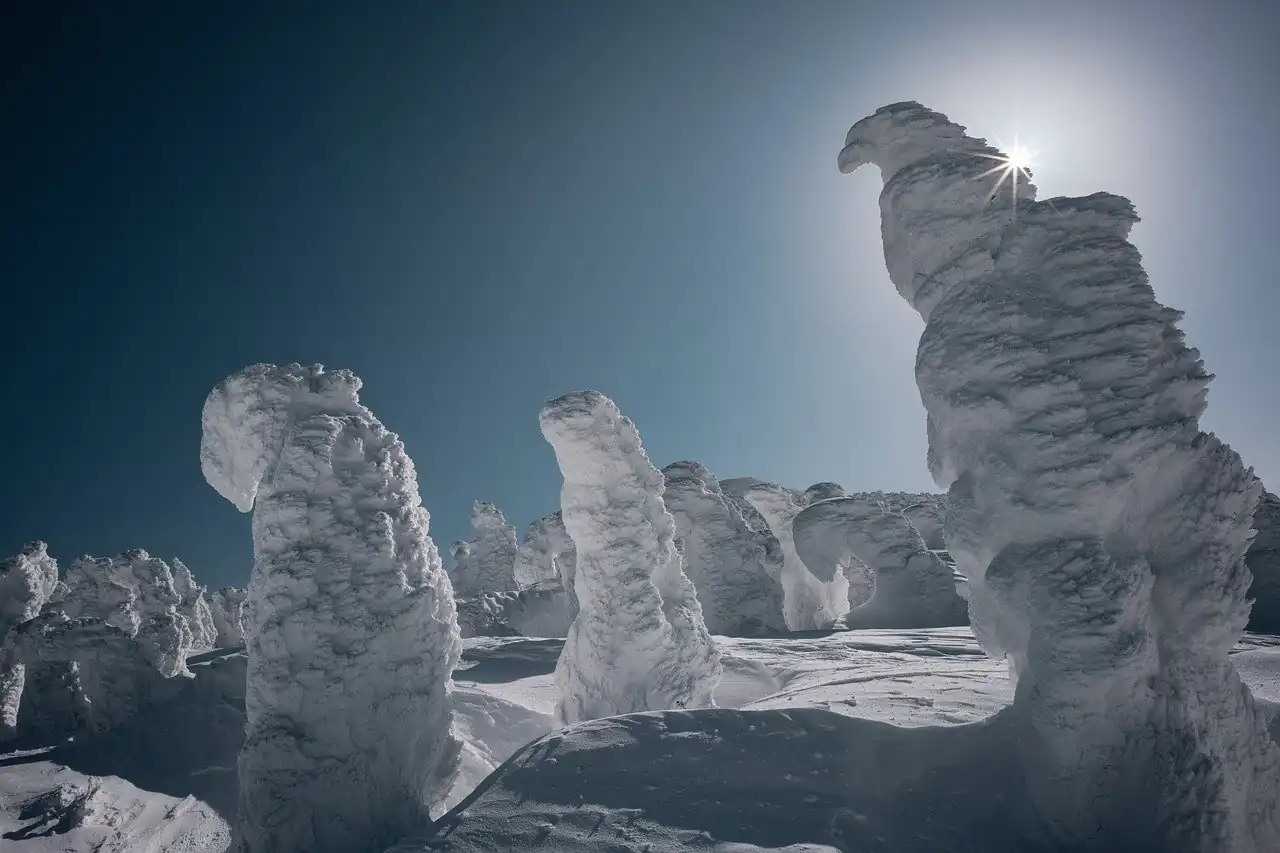
A unique weather phenomenon, brought on by a combination of perfect winter weather conditions combined with the Zao mountains’ high altitude results in the birth of “snow monsters” or Juhyo in Japanese. Cold air blowing in from Siberia gradually becomes trapped by the mountains running north to south through the Tohoku region, freezing the water droplets in the air onto the trees and also covering them with snow, creating peculiar and unique towering monsters fashioned from snow and ice.
Zao snow monsters are trees that are glazed with snow and ice, transforming and reshaping them into strange monster-like figures that stand sentinel in the mountains and loom over skiers and snowboarders that whiz past.
Snow monster season usually begins in December, but the monsters are at their biggest and most impressive between mid-February and mid-March. Visitors in Japan hoping to catch a glimpse of these natural weather phenomena need to head to Zao Onsen Ski Resort, which is one of the only places in the world to see them.
To get to Zao Onsen Ski Resort, visitors need to take a train to Yamagata Station. From there, there is a bus to Zao Onsen, and the ski resort is a 15-minute walk upon arrival up in the mountains. At the ski resort, take the ropeway up to Jizo Summit Station and enjoy the view! More information can be found here.
Zao Onsen Ski Resort also holds an annual Zao Snow Monster Festival where the snow monsters are beautifully and colorfully illuminated at night. The resort offers visitors special night tours in a snow vehicle to tour the snow monsters that litter the mountain.
Lake Inawashiro

Known reverently as the “Heavenly Mirror Lake” or Tenkyoko in Japanese, Lake Inawashiro is the fourth largest lake in Japan. Found in central Fukushima Prefecture within the borders of Bandai-Asahi National Park, the lake sits south of Mt. Bandai and was formed around 30,000 to 40,000 years ago when a tectonic depression became dammed by a major volcanic eruption and pyroclastic cloud from Mt. Bandai.
The lake has a surface area of 104 square kilometers and in winter, visitors are treated to the sight of numerous swans that have migrated to the lake’s beaches where they stay until spring. The area is a popular winter destination due to its offerings of fresh powder snow, making it an ideal spot for winter sports.
Another popular winter attraction that occurs at Lake Inawashiro and attracts hoards of curious visitors is a unique phenomenon called Shibuki Gori. Similar to Zao’s snow monsters, Shibuki Gori occurs when lake water is splashed up into the nearby surrounding trees by strong cold winds and immediately freezes on the spot, creating magical and gorgeous natural ice sculptures.
Lake Inawashiro is easily accessible from Tokyo via a 3-hour Shinkansen ride.
Geibikei Gorge
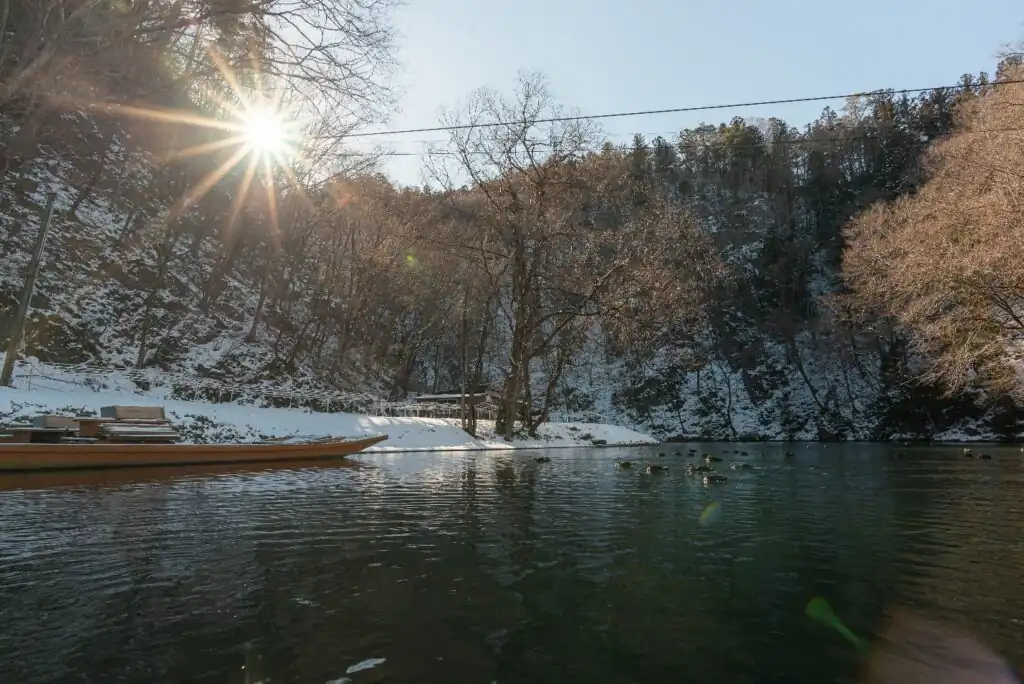
As its name suggests, Geibikei Gorge is a gorge situated outside of Hiraizumi in Iwate Prefecture and is officially recognized as a National Natural Monument and listed as one of the 100 Greatest Landscapes of Japan.
The gorge is most often enjoyed via a 90-minute tranquil ride on a flat-bottomed boat expertly handled and navigated by a boatman with a long bamboo pole. The gorge is lined by a 2-kilometer stretch of limestone cliffs that rises 50 meters on either side of the gorge, and in winter, the graceful and picturesque snow scenes of the surrounding area are often likened to Japanese ink brush paintings, making the gorge a popular winter destination.
Boats in winter are equipped with on-board kotatsu, which are low heated tables covered with a quilt or blanket that people huddle around for warmth. There is also the option of a hot-pot meal, namely the area’s famous kinagashinabe, a hearty winter stew traditionally eaten by loggers. The stew is made up of vegetables, mountain herbs, chicken, and pork all stewed in miso.
Geibikei Gorge is a mere 5-minute walk from Geibiki Station on the JR Ofunato Line.
Related articles:
- Top Five Winter Illuminations in Japan
- Top 5 Hot Spring Towns to Visit this Winter
- Best Ski Resorts in Central Japan
- 5 Underrated Destinations in the Tohoku Region
- Jolly Journeys – 5 Must-Visit Christmas Markets in Japan
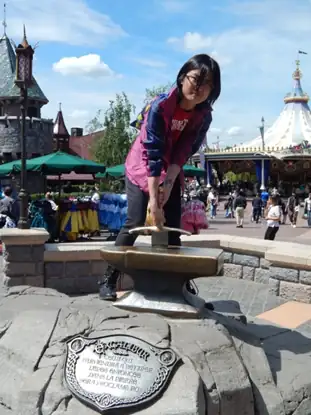
Freelance writer with over 2 years of experience writing for the Village House Blog, ESL teacher, and digital nomad who has lived in countries including The Czech Republic, The UK, The U.A.E., Japan, and most recently, Georgia. Is constantly on the hunt for the best, most optimal apartment for remote work when not enjoying going to film festivals, concerts, and the theater.


